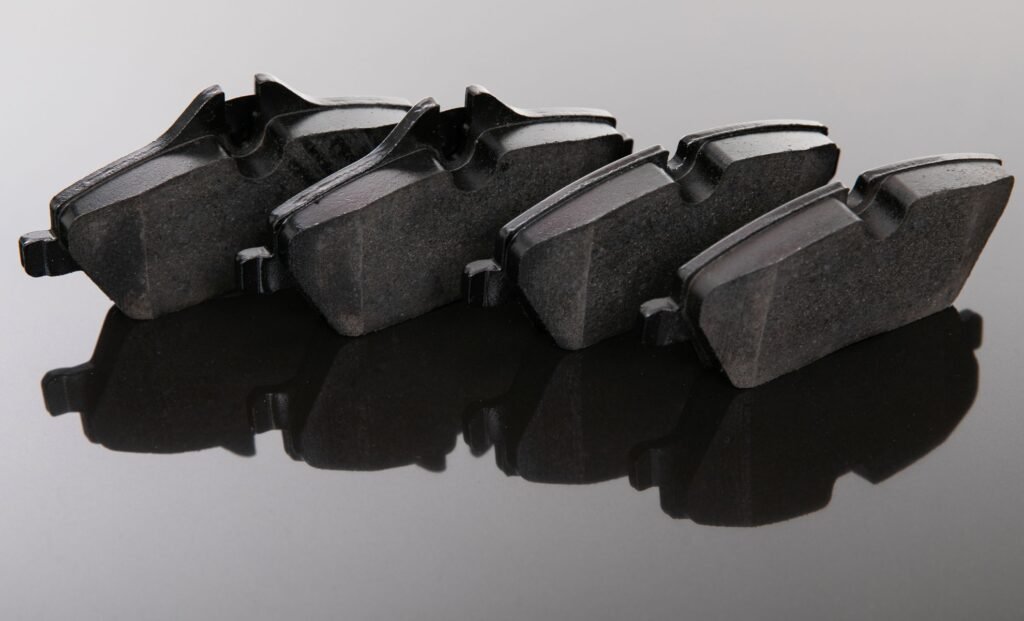Brake Problems: In the intricate web of modern automotive electronics, warning lights are vigilant guardians, illuminating the control panel and relaying critical messages regarding the vehicle’s issue. The brake warning lights are the most intense of all the warning lights. This blog site explores the world of warning lights that might indicate brake problems, explaining their significance, consequences, and the necessary actions for drivers.
In the context of brakes, what are warning lights?

When the anti-lock braking system (ABS) is malfunctioning, the driver will see the “ABS Light,” which is often a circle with the letters “ABS” within. This state-of-the-art technology prevents the wheels from locking up during abrupt stops, guaranteeing significantly improved handling. A fault with the ABS might be reducing its efficacy if the indicator keeps becoming brighter.
Justification of the Braking Mechanism: The presence of the words “BRAKE” next to a red exclamation point inside a circle indicates a potential problem with the braking system. This might mean that the hydraulic system isn’t working properly, there is leakage in the brake system, or the braking fluid is low. Quick action is required to prevent the brakes from failing.
Warning Light for Brake Pads: Brake pad density is monitored via sensor units installed in certain vehicles. When the brake pads reach a certain amount of wear, a dashboard light that looks like brake pads will turn on. It would help to get new brake pads since this light lets you know.
What can I do if the warning lights start to flash more rapidly? Brake Problems
When the braking system warning light comes on, check the level of the brake fluid. Decreased brake fluid could indicate a brake leak or broken component. If additional brake fluid is required, make sure to include it and seek the aid of a professional for a more thorough check.
Examine Brake Pads First: Check the brake pads visually when the warning light for the pads starts to blink. It would help if you immediately replace them when you notice they are worn. Delaying the replacement might cause damage to the brake rotors, which would increase the cost of repairs.

Evaluation by Industry Professionals: If the braking system warning light comes on, it’s best to get expert help. An experienced technician can identify the area of concern and suggest the best action.
Keep Braking from Being Too Rapid or Heavy: Refraining from braking suddenly or with force until the issue is resolved might exacerbate the brake problem.
Observe Ranges for Your Safety: Maintain a reasonable following distance from the vehicle before you to account for the possibility of diminished stopping ability.
Protection mechanisms: Brake Problems
Maintenance Schedule: Always follow the manufacturer’s maintenance schedule. Two benefits of routine inspections are preventing the warning lights from coming on and catching brake problems early.
Flush and refill your brake fluid as needed, following the manufacturer’s recommendations. Maintaining clean brake fluid is an important step in achieving optimal stopping performance.
Best brake components: The brake pads and other parts should be high quality. Their ability to delay wear and brake problems makes up for their higher initial cost.
Verdict
Lastly, being alert for warning lights on the site may save you a lot of trouble. You want to avoid ending up colliding with someone while driving. Therefore, you must be extra careful when the brake warning light comes on. Ensuring safety takes first.
If you are in the market for a used engine or transmission, go no further than Used Engines. If you want to get more mileage out of your vehicle, we have the best methods and products for the job.



